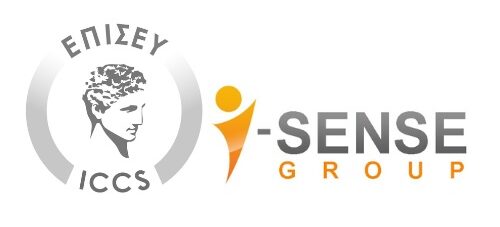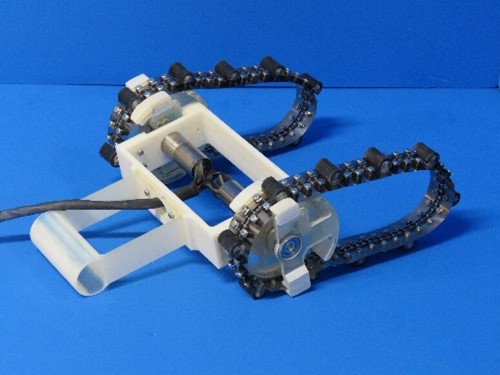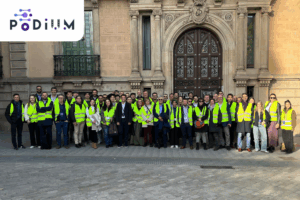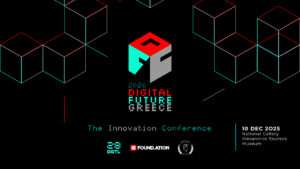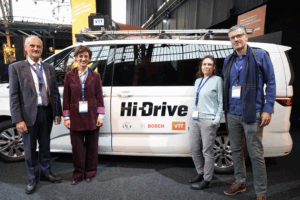After a natural or man-made disaster, it is crucial to locate survivors within the critical first 72 hours. The European and Japanese research initiative CURSOR aims at accelerating search and rescue operations within these so-called “golden hours” and also at increasing the overall safety of search and rescue teams in the line of duty. ICCS is strongly involved in CURSOR’s activities, being the scientific and technical coordinator. ICCS is responsible for the worksite communications and also focuses on the development of localisation modules for the robotic equipment. ICCS is also leading Work Package 5: Information Management, Common Operation Picture and Decision Support.
The CURSOR partners are working towards the development of the CURSOR Search and Rescue Kit, part of which is also the SMURF (Soft miniaturised underground robotic finder), a miniaturised robotic equipment of CURSOR, which can climb over and under obstacles to find victims in disaster zones. SMURF is being developed by prof. Satoshi Tadokoro, Mr. Yu Ozawa and Prof. Masahiro Watanabe from Tohoku University (Sendai, Japan). The researchers of the CURSOR project received the Best Research Technology Award of the Robotics Society of Japan. This remarkable accomplishment is being announced at the Annual Conference of the Robotics Society of Japan on 8 September 2021.
Within any disaster zone, the SMURF can explore wide areas providing the search and rescue teams with valuable on-site information which reduces the total search time. Thus, surviving victims can be located earlier and accidents in dangerous environments can be prevented and the safety of workers and search and rescue teams can be ensured.
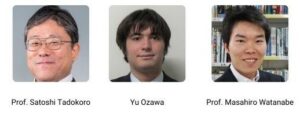
Prof. Satoshi Tadokoro of Tohoku University is thrilled about the Best Research Technology Award: “Achieving increased mobility of the SMURF is key to the success of the whole CURSOR Search and Rescue kit. With our research we managed to proceed significantly. The fact that my team and I have been rewarded with the Best Research Technology Award makes me really proud.”
Responding to first responders’ needs
The challenge for Prof. Satoshi Tadokoro and his team was to produce lightweight robots with a simple structure that can be flown into disaster zones and are able to climb over and under debris and rubble looking for victims. To reach this goal, a new mono-wheeled flexible track has been introduced. The system is quite simple compared to conventional continuous-track type mechanisms and has much higher mobility than wheel type mechanisms. The method developed by Prof. Satoshi Tadokoro and his team can be applied to any miniaturised robot that is required to showcase high mobility on rough terrains. Responding to requests of first responders who are part of CURSOR, the first prototype of the SMURF has been improved to be even more agile and versatile.
CURSOR Search and Rescue Kit
The CURSOR Search and Rescue Kit, which also features different types of drones, geophones and ICT solutions. Next to those transporting the robots into the disaster zone there are also drones contributing to situational awareness by producing enhanced visualisation of the areaof interest to the first responders. Additionally, the SMURFs are equipped with chemical sensors that detect a wide range of chemical substances indicating human presence. The initiative ultimately seeks to match the operational needs of search and rescue teams with current technological capabilities. Visit the CURSOR website or watch the CURSOR project video.
Follow CURSOR on Social Media channels:
